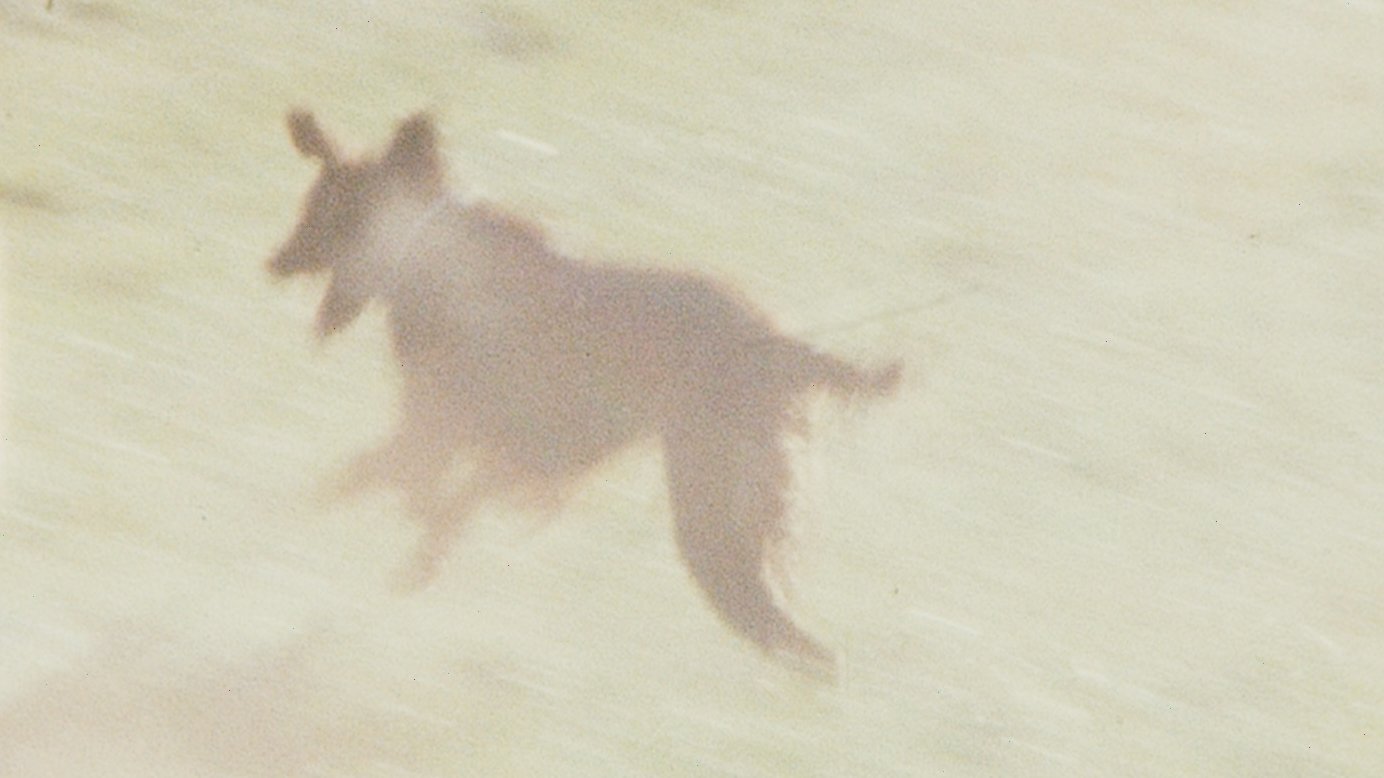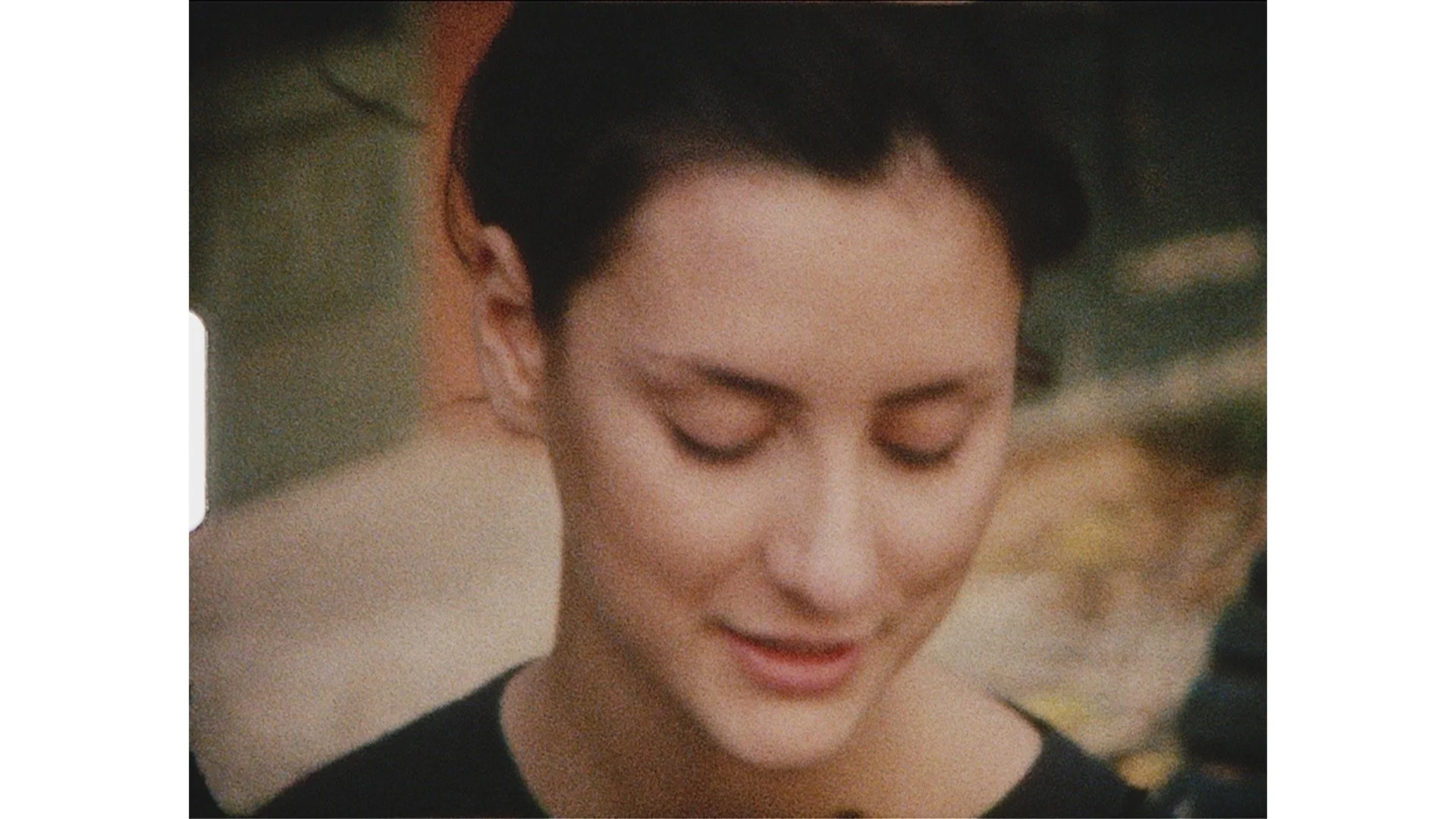
Best Analog Film
WINNER (2024)
Speculations
Directed by Marco Mazzi (Italy)
Interview with Marco Mazzi
Synopsis: The voice of a barely audible woman interprets a flow of images from a distant, timeless reality.
IAG: As digital increasingly dominates the film world. I find myself more and more attracted to analog films. Maybe it’s something nostalgic that reminds me of watching silent film reels from my grandparents’ and parents’ eras. But I also think there’s an aesthetic reason. Something about the look of analog films is so…luscious. What brought you to analog films, in general, and to this one, in particular?
MM: I started filming Speculations in 2001. I finished filming this movie in 2006, in Tokyo. At that time, digital cameras were not very good. Digital cinema was still very young, and it was considered normal to make experimental films on real film. I like film, but not for aesthetic reasons. I also work very often on video. I like film because the reels mark time in meters, not minutes. I use both Super 8mm and 16mm film. When you use film, you think in terms of space, not time. Space is much more tangible than time. it is much more material. I prefer to think in terms of space, of place, rather than time. Also, Speculations is a film about space. It is about Florence and Tokyo. I need film to let the images know where I am.
IAG: Your film is reminiscent of some of Chris Marker’s films. Sans Soleil comes to mind. Has his work had any influence on you?
MM: Chris Marker was a big influence on me. I discovered his cinema in Japan, I saw Sans Soleil on DVD. I think Marker was one of the greatest directors in history, like Godard, Kubrick or Fellini. However, my influence was dictated above all by directors of the Italian underground cinema. I was very inspired by the cinema of Mario Schifano and Gianfranco Brebbia. Marker demonstrated that it is possible to make cinema by working mainly on the framing and editing. The "actors" are superfluous, the images are themselves bodies.
IAG: What’s the backstory behind the footage? I found myself delightfully trying to read into what was going on.
MM: This film has no story. It is an essay on nothingness, it is a narration of nothingness. But be careful, this film is also a trap. The film deals with the false beauty of nothingness, it faces the dangerous charm of nothingness. To us, it seems poetic to say that reality is nothingness. Unfortunately, it is very dangerous to believe that things are nothingness, even if this thought seems beautiful and poetic to us. It is not a completely optimistic film. To narrate nothingness, to say that nothingness animates the world, is very dangerous. And it is even more dangerous to identify the world with nothingness. Nothingness is not poetic at all, nothingness is the furthest thing from poetry. Unconsciously, we associate nothingness with the idea of perfect peace, but nothingness is anything but peace and abandonment. I think my film deals with the nihilistic danger inherent in beauty. Nothingness disguises itself as poetry -- that's why it is dangerous. The most difficult challenge for an artist is to separate nothingness from poetry.
IAG: I also really liked the sound design—it has the feeling of a hypnotic time warp. Did you play around with other ideas for the sound design, or did you follow that approach from the very beginning?
MM: The soundtrack of this film was entirely written by Elisabetta Porcinai, who is also the girl who appears at the beginning of the film. This film was shot half in Florence and half in Tokyo. The sound and Elisabetta's voice connect two spaces: Japan and Italy. Furthermore, the part of the film that was shot in Italy was set in the private garden of Pietro Porcinai (1910 - 1986), an Italian landscape architect. His private garden was destroyed around 2010 and, unfortunately, no longer exists. My film is the only cinematic testimony of Porcinai's private garden. I believe that the task of sound is to connect these realities. I gave Elisabetta carte blanche, who created the music with full autonomy.
IAG: What camera did you use?
MM: I used a Super 8mm Beaulieu camera. It has a good lens; it's a reflex.
IAG: How does the analog editing process differ from digital film editing? What software did you use?
MM: This film was not edited with editing software. The negative was digitized, but the editing was done with a cutter.
IAG: In full disclosure, I’ve never edited with a cutter, but the concept both fascinates and scares me. In your opinion, is that process more or less tedious than editing digitally? How long did it take you to edit this film?
MM: The reason why I edited Speculations with a real cutter, and not with video editing software, is because Speculations was born as a film. It is a work on film and I wanted the entire production process of this work to remain on film. Using a cutter allows you to create a three-dimensional montage. The film is conceived as a sculpture, a small and thin sculpture of film that will be penetrated by light. I work both digitally and using cinematographic film. When I work digitally, I think of editing as a two-dimensional process. When I work on film, I think of editing as a sensorial experience. Editing a film with a cutter means cutting the material surface of the image. The image becomes matter. The image becomes plasticine, mud, clay, maybe even stone. Speculations is a film that does not come from the mind, but from the stomach, from the insides. I cannot work in a clean, aseptic, computerized way. I have to get my hands dirty, tear, cut the tendons of the film, the limbs of the image. As aggressive as this process may seem, I believe that the cutter is a tool that allows you to show great respect for the image, for the film. Physically thinning the film means letting in more light, more space and more thought. Editing a film with a cutter is also a gamble, a huge risk. Every mistake can be fatal, every cut is forever. Today we are used to mistakes that can almost always be remedied (or at least, very often it seems that way). Unfortunately, mistakes are very serious things. Editing films with a cutter helped me understand the profound and fatal seriousness of a mistake.
IAG: Last question: what are three films or filmmakers that have strongly influenced your work?
MM: The directors who influenced me the most are Dziga Vertov, Rirkrit Tiravanija, Gianfranco Brebbia, Corso Salani and Alberto Grifi. From a technical point of view, it was important for me to study with Mario Garriba, who I met in person. According to Mario, the most important ingredient to make a film is luck.

